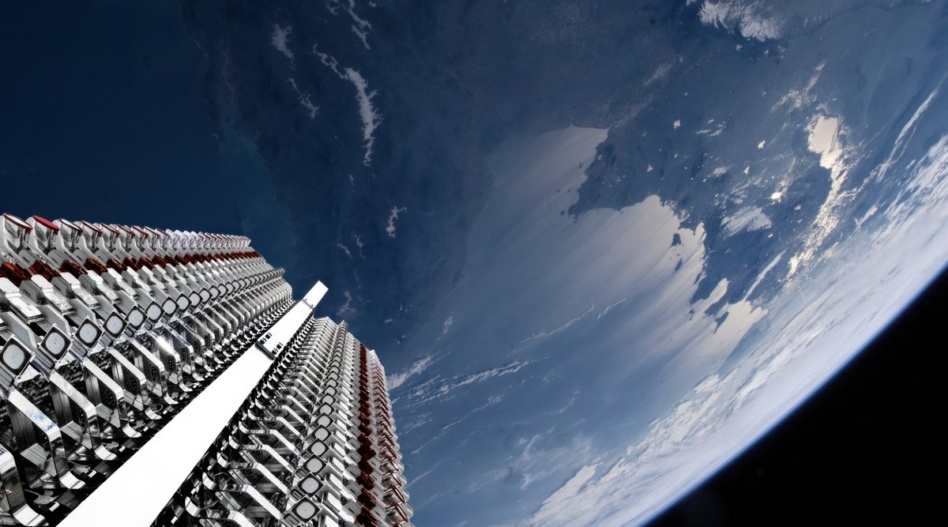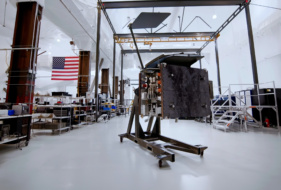The world’s largest satellite constellation is about to get a little bit smaller.
SpaceX announced this week that it would dispose of 100 Starlink spacecraft over the next six months after the company’s engineers discovered an issue that could have led them to fail in the future. Rather than risk posing a threat to other spacecraft if that happened, SpaceX will maneuver the sats to burn up in the atmosphere.
Do the right thing: These are active spacecraft currently serving customers, and sending them to their demise early means taking a loss for SpaceX—one hundred spacecraft represents ~$25M in capital investment by SpaceX, plus the cost of launch. Recouping that investment typically means operating the spacecraft as long as possible, not sending them to the big incinerator in the sky.
“SpaceX should be given credit for taking real world actions to address many of the concerns people had about the sustainability of their constellation,” Brian Weeden, a space policy expert at the Secure World Foundation, told Payload in an email. “They’ve demonstrated the ability to do autonomous collision avoidance at scale, something many experts thought was impossible, and have consistently deorbited their satellites much faster than the 25-year international standard…That is the kind of responsible behavior that should be encouraged.”
Weighing the consequences: The 100 spacecraft have a combined mass of 30 metric tons, which doesn’t come close to the largest objects that have burned up in the atmosphere, including the SkyLab and Mir space stations.
Jonathan McDowell, an astrophysicist who maintains a comprehensive database of space activity, said this will set a record for largest number of deorbits from a single constellation—a distinction that Starlink would likely inevitably earn as the largest satellite network in history. In 2023, he estimates that 655 payloads reentered, 85 of which were Starlink spacecraft.




